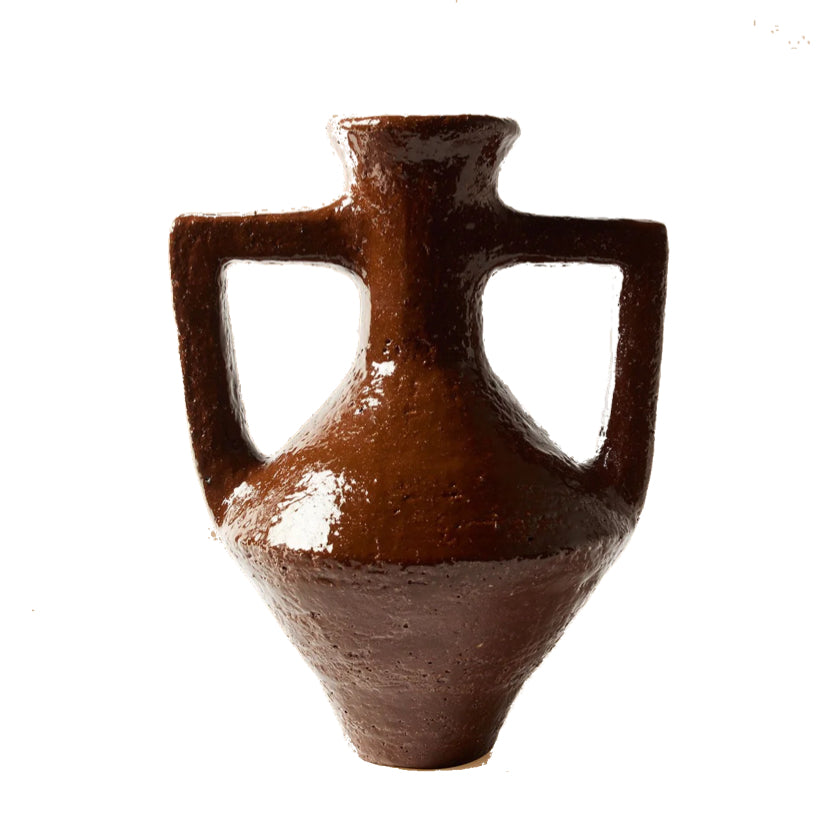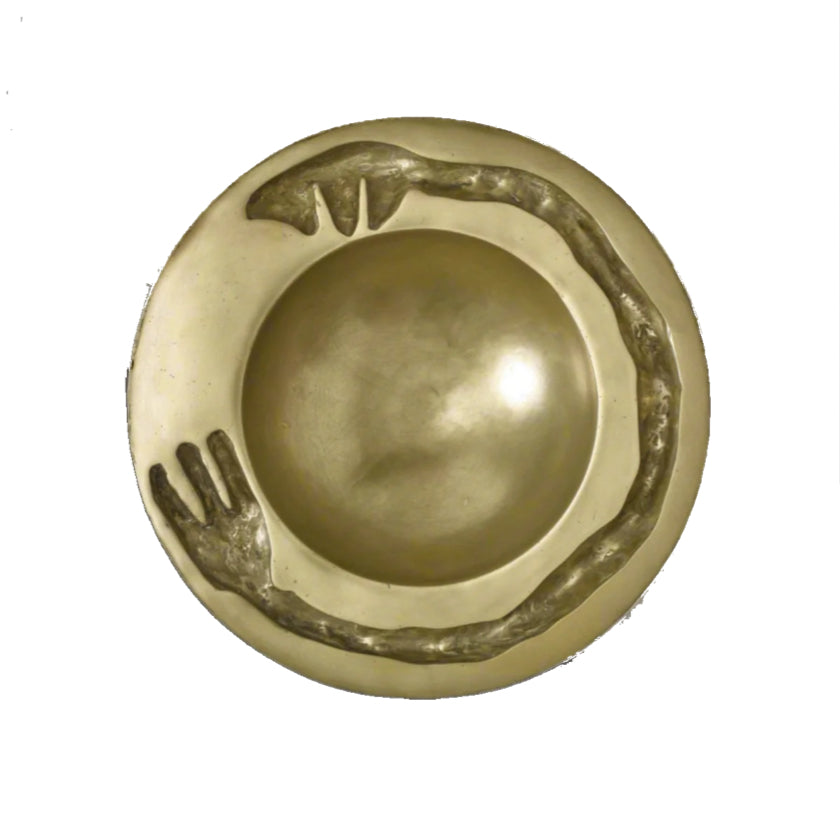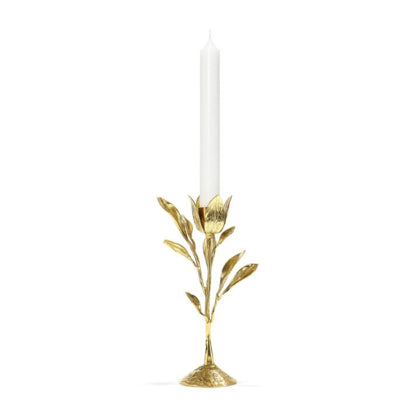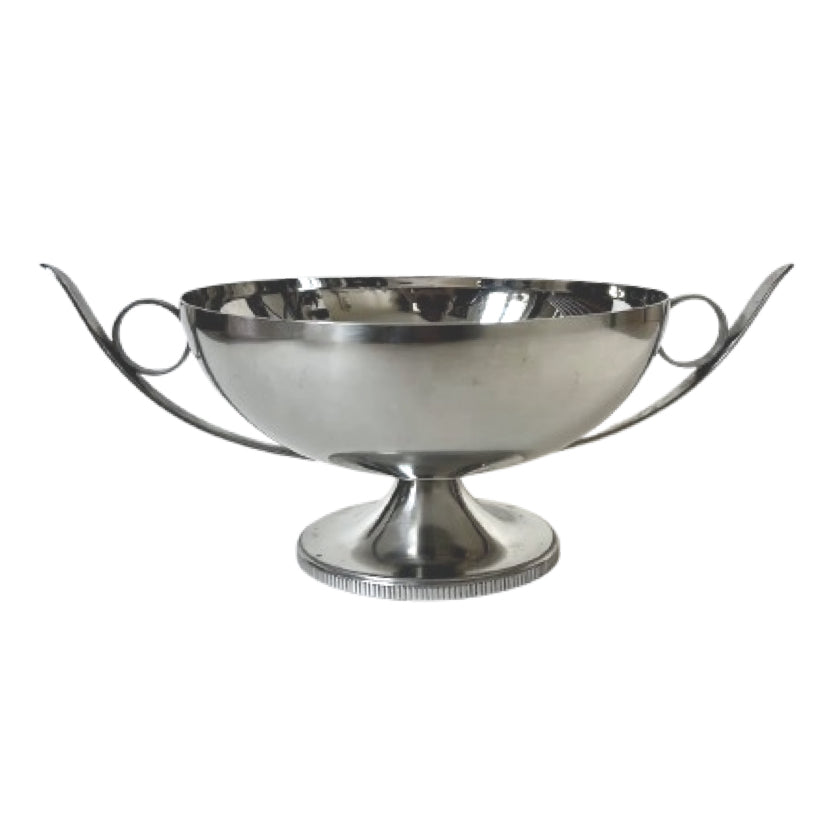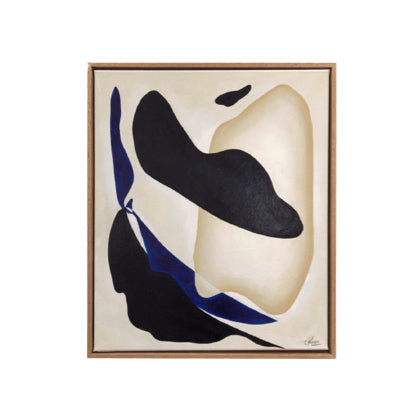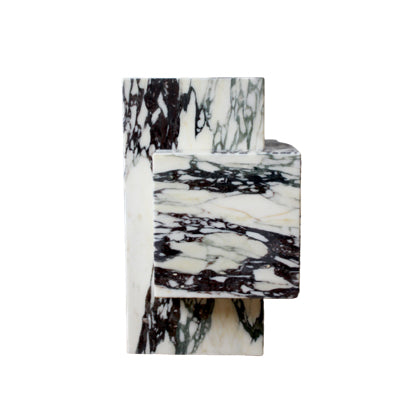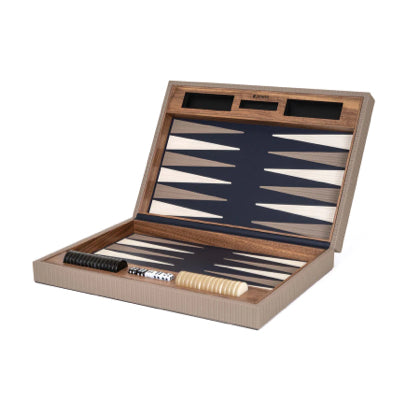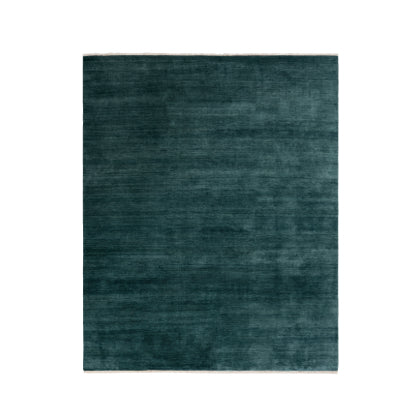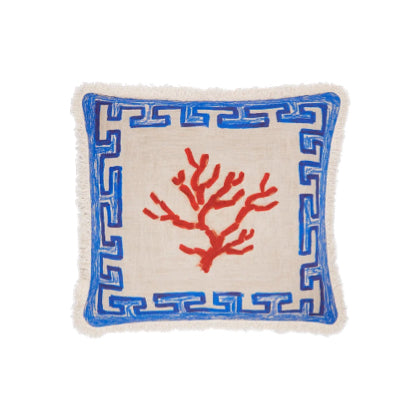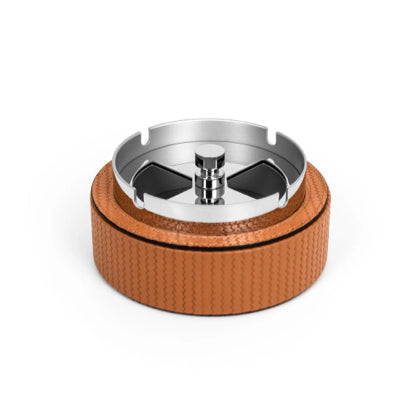Art Nouveau
Understanding the Allure of Art Nouveau
Our curated selection highlights these principles, featuring exquisite posters, furniture, and decorative arts that reflect the elegance of the period, including vintage home accessories that complement the overall aesthetic.
The beauty of Art Nouveau lies not only in its aesthetic appeal but also in its philosophy of integrating art into everyday life. This movement was a reaction against the rapid industrialization of the time, advocating for a return to craftsmanship and the natural world. Our curated selection highlights these principles, featuring exquisite posters, furniture, and decorative arts that reflect the elegance of the period. Each piece tells a story, inviting viewers to appreciate the artistry and intention behind its creation.
As we showcase this collection, we aim to honor the legacy of jugendstil, the German counterpart of Art Nouveau, which emphasized similar themes of beauty and functionality. The intricate details and harmonious forms are a testament to the dedication of artists who believed in the importance of aesthetics. Our focus is not solely on the visual aspect but also on the cultural significance that these works embody, making them timeless treasures for any art enthusiast.
Jugendstil emerged in the late 19th century as a distinct movement that celebrated organic forms and intricate designs. Characterized by flowing lines, floral motifs, and an emphasis on craftsmanship, this style sought to break away from traditional artistic conventions. Architects and designers began to incorporate aspects of nature into their work, resulting in structures and objects that harmoniously blended with their surroundings. This approach not only showcased artistic innovation but also reflected a broader cultural shift towards modernity and individuality.
The significance of jugendstil extends beyond mere aesthetics; it was a cultural response to the industrial age. Various artists and designers, including Gustav Klimt and Otto Wagner, utilized this style to communicate deeper philosophical ideas about beauty and society. Through their posters and architectural designs, they sought to challenge societal norms and embrace a new vision of art. This movement was particularly influential in cities like Vienna and Munich, where it flourished and left a lasting legacy on European art and design.
Architecture during this period is characterized by its organic forms and flowing lines, which resonate beautifully in both interior and exterior spaces. The intricate detailing found in structures is often mirrored in decorative elements, highlighting the seamless connection between architecture and artistry. This movement embraces nature, showcasing motifs inspired by flora and fauna, making it a perfect choice for those looking to add an enchanting touch to their environments.
When integrating this architectural style into your home, consider selecting furniture and decor that reflects the fluid lines and natural themes prominent in the designs. Items such as curved sofas, intricately designed light fixtures, and patterned textiles can evoke the elegance associated with this aesthetic. Additionally, incorporating art pieces, like posters featuring the iconic style, can further enhance the ambiance, creating a cohesive look that celebrates the beauty of design.
Care for these elements is crucial to maintain their charm. Regular dusting and gentle cleaning will protect the intricate details of both furniture and decor. For textiles, following the care instructions is essential to preserve their colors and patterns, ensuring they remain vibrant. By paying attention to these aspects, you can enjoy a harmonious space that resonates with the elegance of this architectural style.

